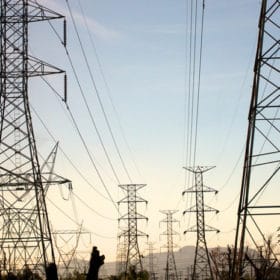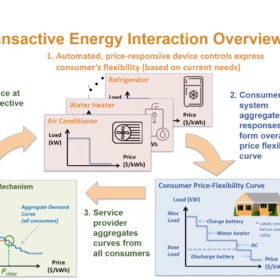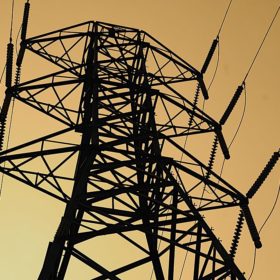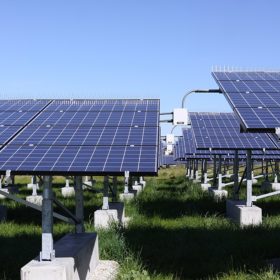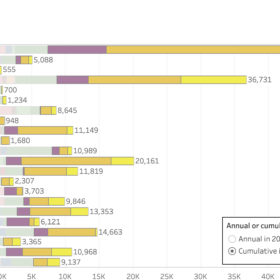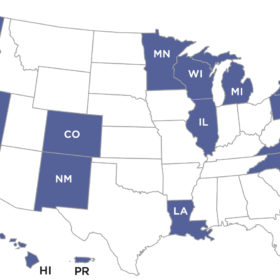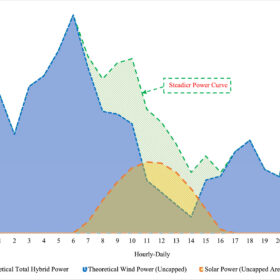SEIA proposes how to extricate hundreds of gigawatts of solar from interconnection queues
As applications to interconnect solar and storage projects have “skyrocketed,” the national solar trade group recommends ways to speed interconnection on both the transmission and distribution grids.
Real-time pricing that balances renewables could save $33 billion per year, study finds
A Pacific Northwest National Laboratory study found that allowing customers to opt for real-time power rates, and shift some consumption to lower-priced periods, would lower customer bills 10% to 17%. A pilot study has shown that real-time pricing works, and more pilots are underway.
New York distributed storage owners could soon earn money in wholesale markets
A residential battery storage system in New York State could soon earn on the order of $190 per year, when aggregated with other systems participating in the state’s wholesale capacity market. Storage system owners in other parts of the country may wait much longer.
200 partners to help speed interconnection through US Department of Energy program
Three regional grid operators and two utilities have joined the DOE partnership, alongside renewables developers and trade groups, to pursue faster, simpler, and fairer interconnection of renewables and storage, on both the transmission and distribution grids.
US Department of Energy launches partnership to speed interconnection
A new partnership that engages grid operators, utilities, clean energy developers, regulators, and DOE’s national laboratories aims to lower costs and reduce wait times for utility scale solar projects connecting to the grid.
US Navy aims for 100% carbon-free electricity by 2030
“Climate change is one of the most destabilizing forces of our time, exacerbating other national security concerns and posing serious readiness challenges,” said Secretary of the Navy Carlos Del Toro, in announcing the target.
Georgia solar association calls for Georgia Power to add 4 GW of near-term solar
Higher natural gas prices call for more near-term solar, said Georgia’s solar trade group in testimony on Georgia Power’s proposed resource plan, adding that a utility cap on rooftop solar should be lifted. Two other groups challenged the utility’s modeling choices.
Western and Southeastern utilities’ progress in advancing 194 GW of solar projects is a mystery
As Western and Southeastern utilities process 194 GW of solar interconnection requests, we asked 20 of them about the final cost studies they completed last year, which would permit projects to move forward. Then we turned to Berkeley Lab analyses for more insights.
Group using NREL’s free ReEDs model validates 100% renewables by 2035 for 24 states
For 24 states whose governors support climate action, reaching 100% renewable electricity by 2035 would cost less than a “no new policy” scenario, the Union of Concerned Scientists found.
Sunrun says better policy is needed to add “vast” amounts of distributed solar and storage
“Given our climate crisis, state utility commissions must act with urgency and prioritize innovation in the way utilities are regulated,” says the Sunrun policy team in a paper. Noting great progress by Hawaii and Vermont, they also call for state regulators to “rethink” how utilities make money.
